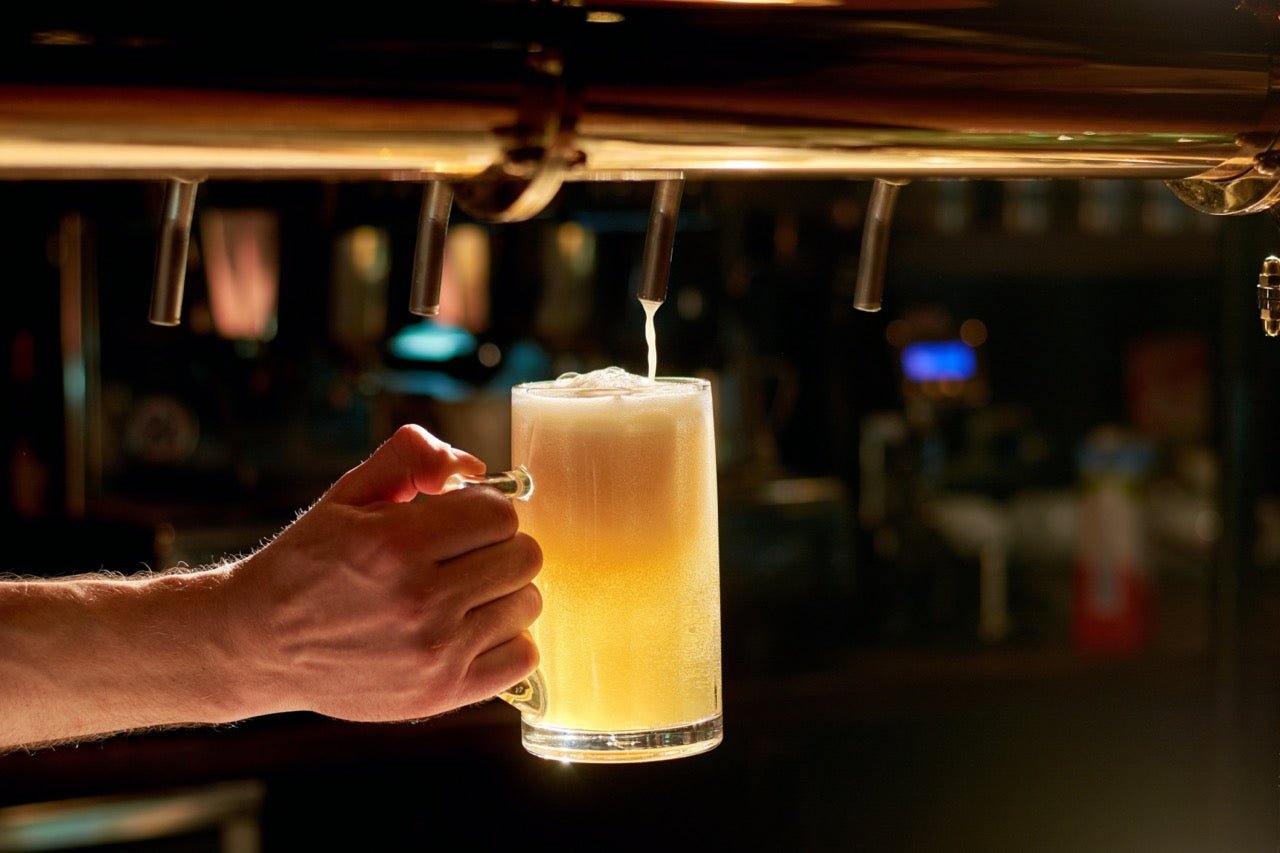The Ultimate Guide to Draft Beer: How It Works and Why It's a Must-Have for Bars
If you're a bar owner or a beer enthusiast, you've likely come across the term "draft beer" many times. It's a cornerstone of the bar industry, and for good reason. In this comprehensive guide, we'll delve into the world of draft beer, explaining how it works and why it's an absolute must-have for bars of all sizes. So, grab a cold one (if you have it), and let's explore the fascinating world of draft beer.
Understanding the Basics of Draft Beer
Before we get into the nitty-gritty details, let's start with the fundamentals. Draft beer, also known as draught beer, is beer that's served directly from a keg or cask, rather than from a bottle or can. This method of beer dispensing has been around for centuries and remains one of the most popular ways to enjoy a pint at your favorite watering hole.
Components of a Draft Beer System
Now, let's dissect a draft beer system to understand how it all comes together. A typical draft beer system consists of several key components:
-
Keg: The heart of the system, the keg contains the beer itself. It's pressurized to keep the beer fresh and carbonated.
-
Taps and Faucets:These are the mechanisms used to dispense the beer. Taps and faucets come in various styles, including standard draft faucets and more sophisticated options for craft beer bars.
-
Beer Lines: These are the tubes that transport the beer from the keg to the tap. Properly maintained beer lines are essential to ensure the quality and taste of the beer.
-
CO2 Tanks and Regulators: To maintain the right level of carbonation, draft beer systems use carbon dioxide (CO2) tanks and regulators. These components control the pressure and flow of gas to the keg.
-
Cooling System: Beer is best served cold, so draft beer systems include a cooling mechanism, often a glycol system or direct-draw refrigeration, to keep the beer at the ideal temperature.
-
Drip Trays: These catch any drips or spills that may occur during the pouring process, helping to keep the bar clean and tidy.
Advantages of Using Draft Beer Systems for Bars
Now that we've covered the basics, let's talk about why draft beer systems are a must-have for bars:
-
Freshness: Draft beer systems ensure that beer is served at its freshest. Unlike bottled beer, which can sit on shelves for extended periods, draft beer in kegs is typically consumed more quickly, preserving its quality.
-
Variety: Bars with draft beer systems can offer a wide range of beer options. This variety attracts diverse clientele and keeps customers coming back to explore new brews.
-
Cost-Efficiency: In the long run, draft beer can be more cost-effective for bars compared to bottled or canned beer. Kegs are reusable, reducing packaging costs and waste.
-
Sustainability: Draft beer systems align with sustainable practices. They generate less packaging waste and have a lower carbon footprint compared to bottled beer.
-
Customer Experience: There's something special about watching a bartender expertly pour a draft beer. It's an integral part of the bar experience, contributing to ambiance and customer satisfaction.
In conclusion, draft beer is the lifeblood of the bar industry, and understanding how it works is essential for bar owners and beer enthusiasts alike. With the right draft beer system in place, bars can offer fresh, diverse, and cost-effective beer options while contributing to sustainability efforts. So, if you're running a bar or simply enjoy a well-poured draft beer, you now have a deeper appreciation for the magic that happens behind the scenes. Cheers to draft beer!





Share:
Introducing [fm. DESIGNERS.]
Crafting the Perfect Draft Beer Experience: Tips for Bar and Restaurant Owners